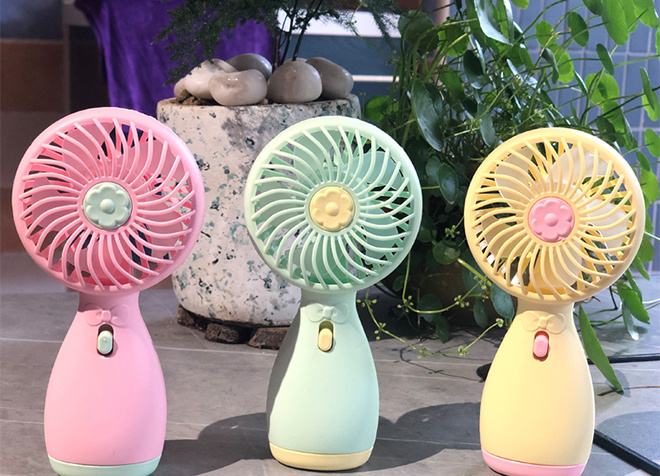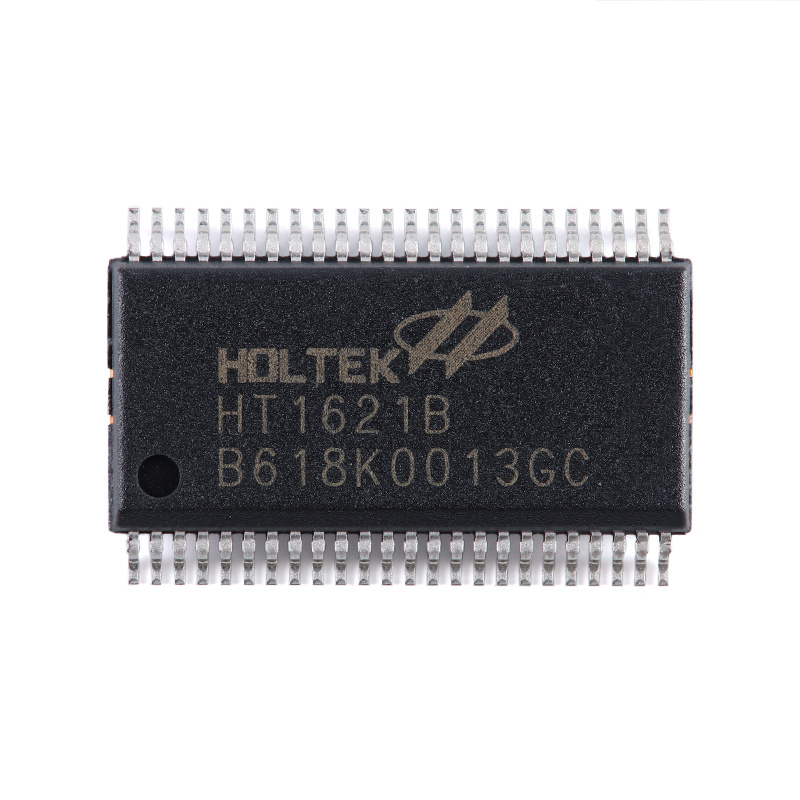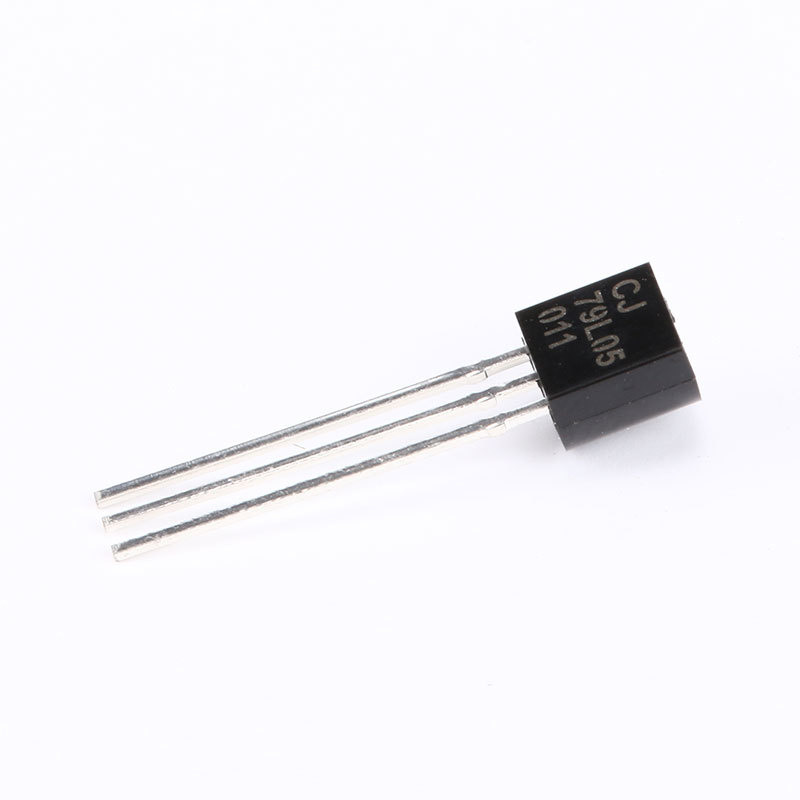Welcome to ZK Electronic
Application of SMT Parts in Automobile Manufacturing
2024-09-23
SMT (Surface Mount Technology) plays an important role in the field of automotive manufacturing, providing efficient solutions for automotive electronic systems, improving automotive performance and safety.
VIEW MORE
2024-09-20
This article briefly introduces the latest developments and trends in the SMT parts industry.
VIEW MORE
Precautions on how to use SMT parts correctly
2024-09-17
In electronic components, SMT (surface mount technology) parts play a vital role, so the correct use of SMT parts is essential. This article will introduce some of the things you need to pay attention to when using SMT parts to help readers better apply these parts.
VIEW MORE
Solutions to common problems of SMT components
2024-09-14
This article will introduce solutions to common problems with SMT components to help engineers better meet the challenges encountered in the production process.
VIEW MORE
The working principle of SMT components
2024-09-11
SMT (Surface Mount Technology) components are one of the common components in modern electronic equipment. They are connected to the circuit board through surface soldering. This article will introduce the working principle of SMT components to help readers better understand its role in electronic devices.
VIEW MORE





